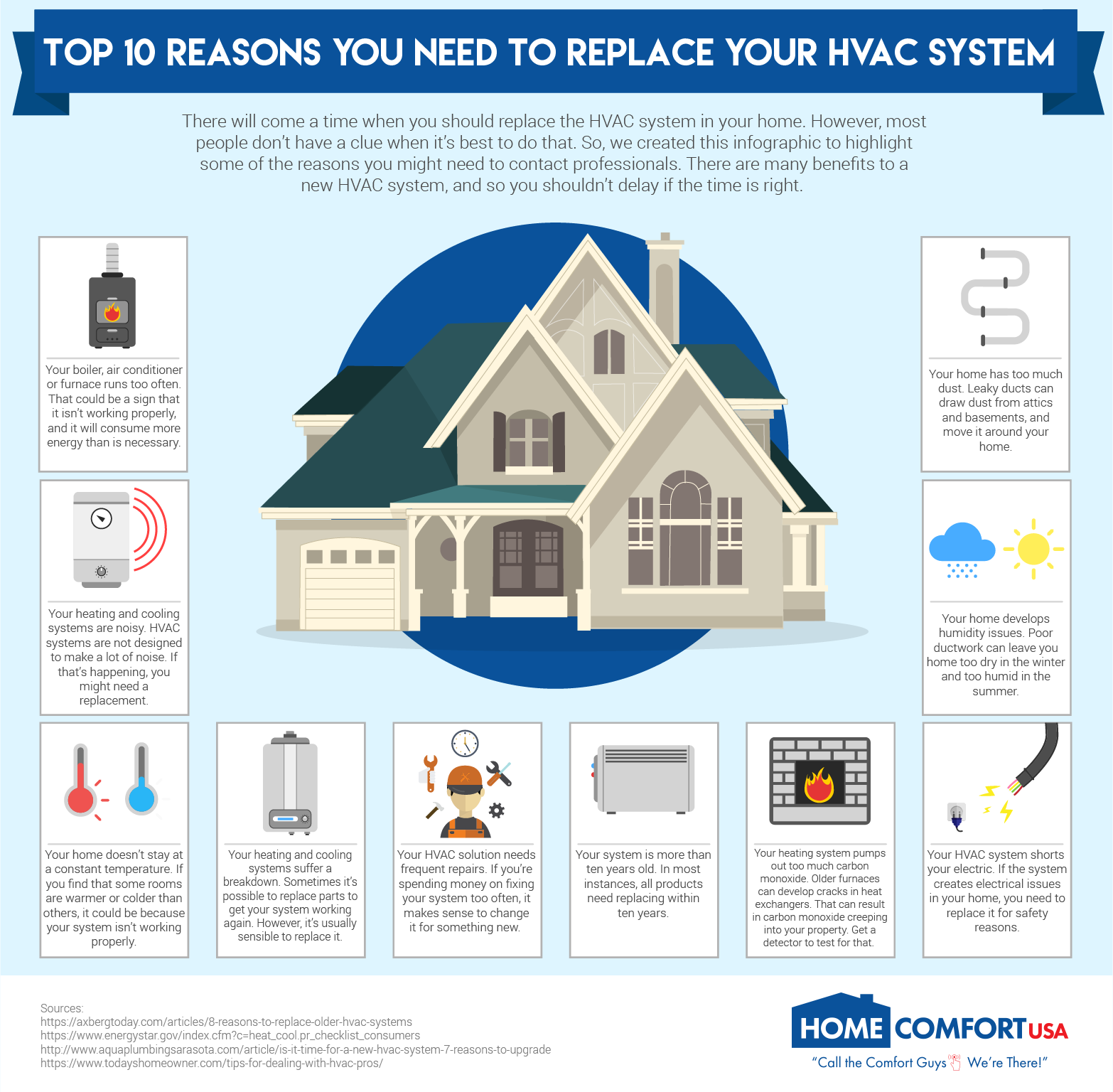The Ultimate Guide To Recognizing Warmth Pumps - Just How Do They Work?
The Ultimate Guide To Recognizing Warmth Pumps - Just How Do They Work?
Blog Article
Authored By-Steenberg Cates
The very best heat pumps can save you substantial quantities of cash on energy costs. heat pumps now can also help in reducing greenhouse gas exhausts, specifically if you make use of electrical power in place of fossil fuels like propane and heating oil or electric-resistance heating systems.
Heat pumps function quite the same as ac unit do. This makes them a feasible choice to traditional electric home furnace.
Just how They Work
Heatpump cool homes in the summer season and, with a little assistance from electrical power or natural gas, they offer several of your home's home heating in the winter months. They're an excellent option for individuals that want to reduce their use nonrenewable fuel sources yet aren't ready to replace their existing heating system and air conditioning system.
They count on the physical truth that also in air that seems also cool, there's still power present: cozy air is constantly relocating, and it wants to relocate into cooler, lower-pressure settings like your home.
A lot of power celebrity certified heat pumps run at near their heating or cooling ability throughout the majority of the year, minimizing on/off cycling and conserving power. For the very best performance, concentrate on systems with a high SEER and HSPF rating.
The Compressor
The heart of the heat pump is the compressor, which is additionally called an air compressor. This mechanical flowing tool utilizes prospective energy from power development to boost the pressure of a gas by lowering its volume. It is various from a pump because it just deals with gases and can not collaborate with fluids, as pumps do.
Atmospheric air goes into the compressor through an inlet valve. It circumnavigates vane-mounted arms with self-adjusting size that separate the inside of the compressor, developing multiple cavities of varying dimension. The blades's spin pressures these cavities to move in and out of stage with each other, compressing the air.
The compressor pulls in the low-temperature, high-pressure refrigerant vapor from the evaporator and presses it into the warm, pressurized state of a gas. This procedure is duplicated as needed to supply heating or cooling as needed. The compressor likewise contains a desuperheater coil that reuses the waste heat and adds superheat to the refrigerant, changing it from its liquid to vapor state.
The Evaporator
The evaporator in heatpump does the same thing as it does in refrigerators and air conditioners, altering fluid refrigerant right into a gaseous vapor that gets rid of heat from the space. Heat pump systems would not function without this essential tool.
This part of the system is located inside your home or structure in an indoor air handler, which can be either a ducted or ductless device. It consists of an evaporator coil and the compressor that presses the low-pressure vapor from the evaporator to high pressure gas.
Heat pumps absorb ambient heat from the air, and after that utilize electrical power to transfer that heat to a home or business in heating mode. That makes them a great deal much more power efficient than electric heating systems or heating systems, and because they're using tidy electrical energy from the grid (and not melting gas), they also create much fewer exhausts. That's why heat pumps are such wonderful ecological selections. (In https://santaclaritamagazine.com/2021/04/the-benefits-of-maintenance-agreements-gw-richardson-heating-a-c-inc/ to a big reason that they're becoming so preferred.).
The Thermostat.
Heat pumps are terrific options for homes in cool environments, and you can utilize them in combination with conventional duct-based systems and even go ductless. They're a wonderful different to fossil fuel heater or conventional electric furnaces, and they're extra sustainable than oil, gas or nuclear heating and cooling devices.
Your thermostat is one of the most essential component of your heat pump system, and it works extremely in different ways than a conventional thermostat. All mechanical thermostats (all non-electronic ones) work by using materials that transform size with boosting temperature, like coiled bimetallic strips or the broadening wax in a cars and truck radiator shutoff.
These strips contain two different sorts of steel, and they're bolted with each other to create a bridge that finishes an electrical circuit connected to your heating and cooling system. As the strip obtains warmer, one side of the bridge broadens faster than the other, which creates it to flex and signify that the heating unit is needed. When the heatpump is in home heating setting, the reversing valve turns around the circulation of refrigerant, so that the outdoors coil now operates as an evaporator and the interior cyndrical tube ends up being a condenser.